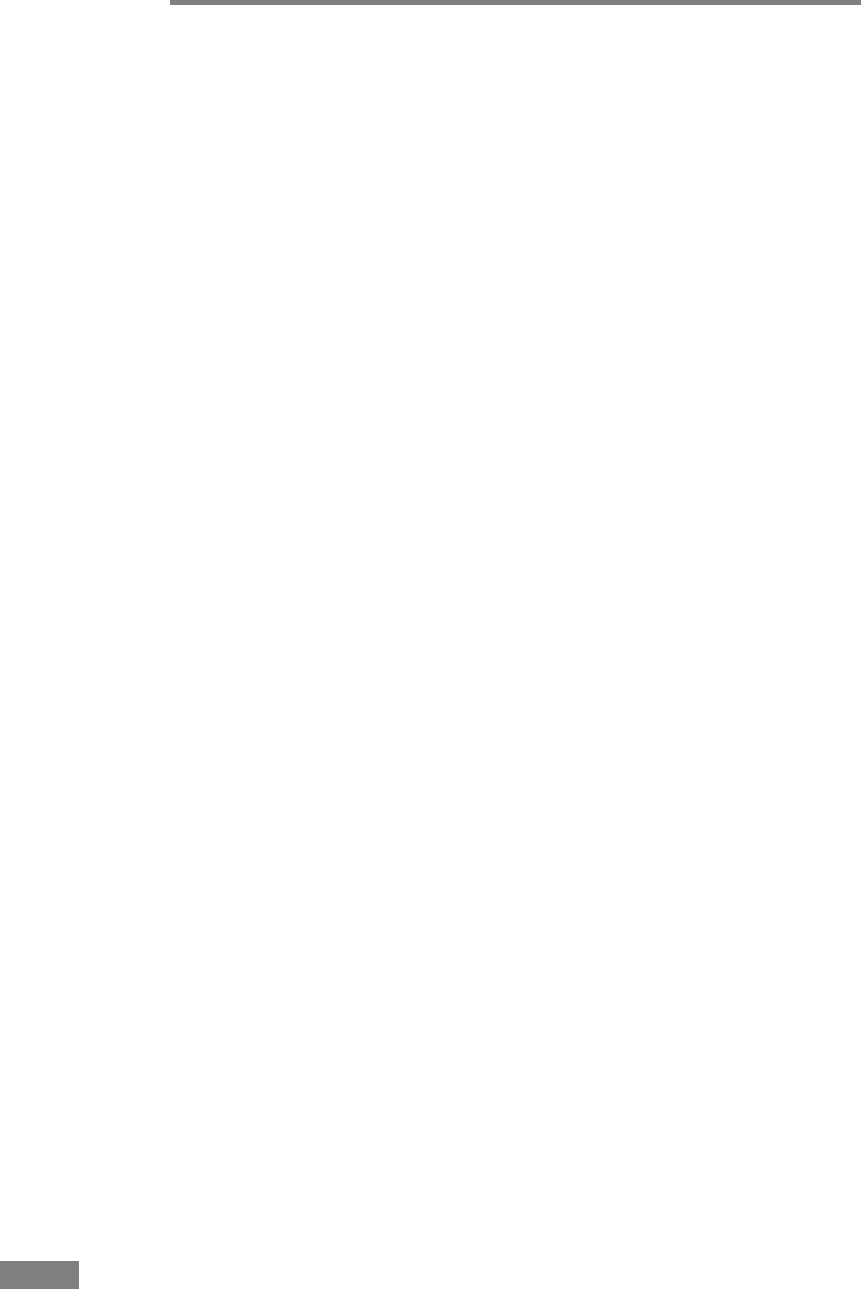
82 Chapter 3
[JPEG Transfer] Check Box
When this check box is selected, scanned image data is always compressed to
JPEG format within the scanner for output to the computer.
Scanned image data is output from the scanner as an uncompressed or JPEG
transfer, depending on instructions from the ISIS/TWAIN driver or application
program.
☞ Uncompressed transfers output raw scanned image data, so when the image
data is large, significant time may be required for transfer from the scanner
to the computer.
☞ JPEG transfer is good for color and grayscale images, as scanned image
data is JPEG-compressed within the scanner before output.
This reduces the size of the image data for output, so transfer time from the
scanner to the computer is shortened.
When JPEG Transfer is selected, image data from the scanner is always output
as JPEG-compressed data.
☞ When the uncompressed saving format is selected in the application
program, JPEG-compressed image data is reconverted to uncompressed
data before transfer to the application. Image quality is degraded slightly as
a result.
☞ This check box setting is ignored if the application program requests a
JPEG transfer.
☞ Of course application program requests depend on the specifications of the
particular program.
Double Feed Detection
This function stops document transport when double feeding of document
pages is detected, and provides selection of the detection method to suit the
documents to be scanned. (See “Double Feed Detection Function,” on p. 54.)
[Detect by Length]
This method of double feed detection is good for batch scanning of same-size
documents: the length of the first document page fed is taken as a standard, and
when a subsequent document is detected to be 1.96" (50 mm) longer (or
shorter) than the standard, a double feed is judged to have occurred, and
document transport is stopped.
[Detect by Ultrasonic]
This method of double feed detection is good for batch scanning of different-
size documents: the overlapping of documents transported in a batch is
detected ultrasonically, and if the detected overlap is 1.96" (50 mm) or more, a
double feed is judged to have occurred and document transport is stopped.
☞ Both detection methods can be used at the same time.
☞ If the documents overlap by less than 1.96" (50 mm), or if the documents
cling (such as from static electricity,) ultrasonic detection of double feeds
may be unreliable.


















